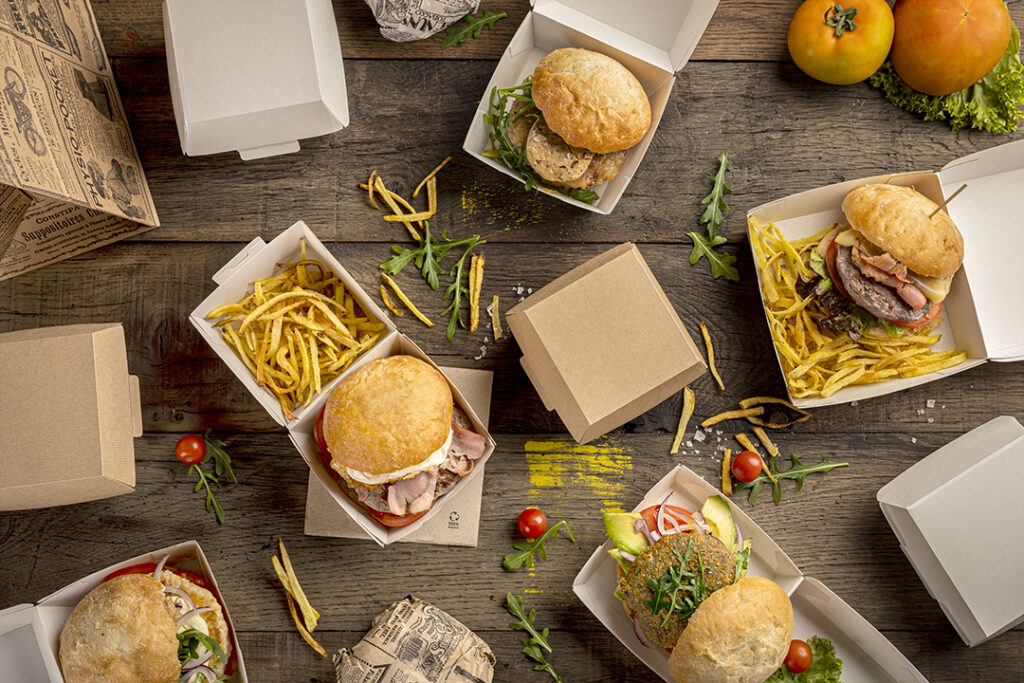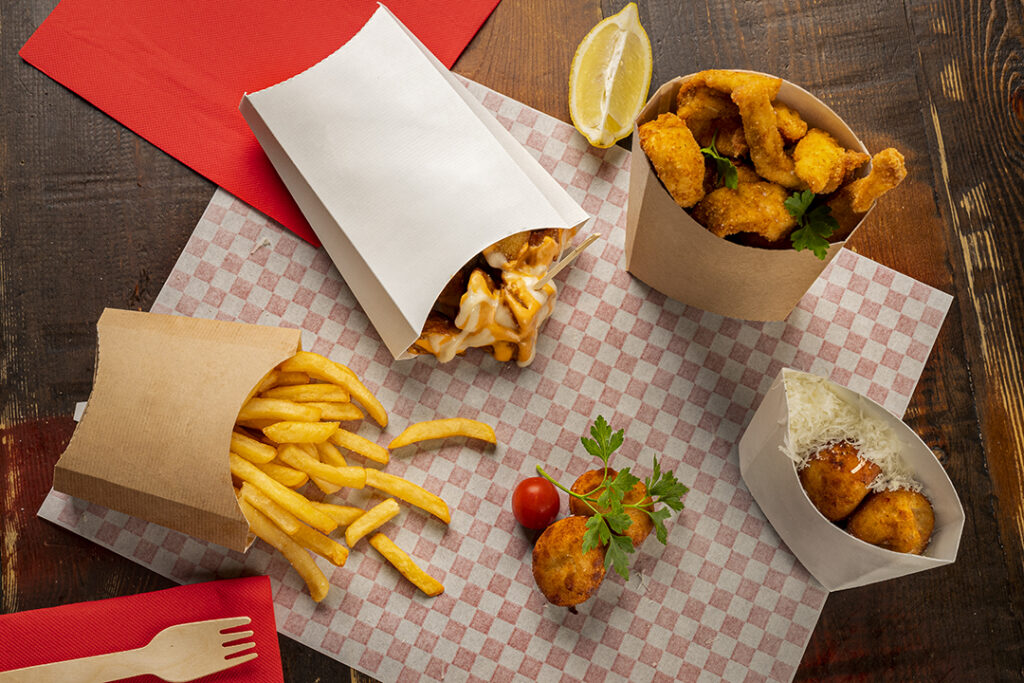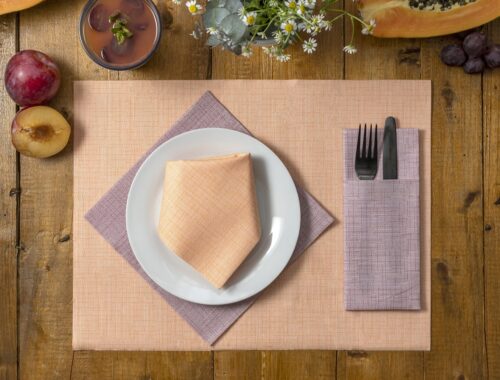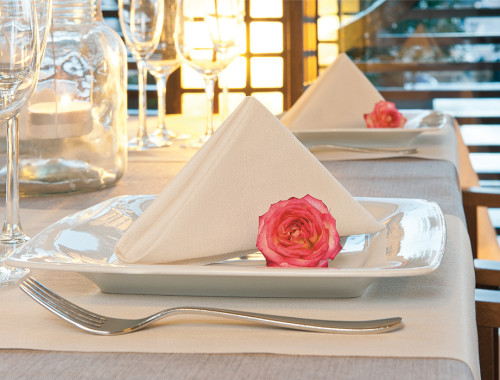The draft European Packaging and Packaging Waste Regulation, still under discussion, foresees that, in the coming years, some single-use packaging will be progressively replaced by reusable packaging in the food sector. However, this draft has not taken into account the peculiarities of a very important part of the sector such as fast food and take-away, where the effect could be the opposite of the desired one. According to a recent study, washing these containers correctly will mean an immense waste of water, an increasingly scarce commodity, and could lead to hygiene problems and cross-contamination.
The European Union is seeking to expand the use of reusable takeaway food packaging in two phases: 10% by 2030 and 40% by 2040. However, a recent study by the consultancy Kearney, commissioned by McDonald’s, concludes that the shift to reusable takeaway packaging, such as replacing paper bags, wrappers or pizza boxes, could lead to an increase in the use of plastics in the food sector. In particular, in the case of traditional restaurants, plastic packaging waste will increase by up to 300%, and in the case of take-away food, by more than 1,500%.
In addition, reusable packaging will be required to be washed, which means the additional use of up to 4 billion litres of water. There will also be an increase in greenhouse gas emissions due to the production of new plastic items. The report focuses on chains such as Starbucks or McDonald’s, but also kebabs, pizzerias, burger bars, food trucks, coffee shops, drive-throughs and juice or smoothie shops, where 56% of all packaging is made of cardboard, 24% of paper and only 7% of plastic, while the rest is made of mixed materials.
Last but not least, these are packs that have to meet strict food safety requirements, so switching to a reusable model increases the risk of unwanted bacteria or allergens in the packs, as customers take the packs away and can reuse them for any purpose.
The takeaway and home delivery business has been growing steadily in recent years. It accounts for 70% of IEO (European informal catering sector) revenues. More than two thirds of these establishments are small and medium-sized enterprises, and there are more than 320,000 business owners. But the European Union has not taken their needs and those of their consumers into account when drafting the new Proposal for a Packaging and Waste Regulation.
Fast food chains fear that switching to reusable packaging will reverse all the efforts that have been made over the years to eliminate plastic from their restaurants. In addition, implementing a reusable packaging system will increase food costs for consumers. McDonald’s claims that for a reusable cup to be economically and environmentally viable, it would need to be used and returned 50 to 100 times. In a pilot test in some European IEO countries, return rates for reusable containers were found to be low, either because returning the container was inconvenient for customers or because they did not understand how reuse systems work. It is not known whether this packaging remains in the household to be reused and will eventually end up in landfill.
It is true that plastic packaging waste is a problem, but the question is, is limiting the use of paper and cardboard disposable packaging in the take away and delivery sector the best way to tackle it? This is clearly not the solution. The study suggests that the key lies in a combined use of different types of packaging, in taking into account the particularities of each sector, and above all in making a firm commitment to recyclable and biodegradable single-use packaging, as we have been advocating for some time now at Garcia de Pou.







